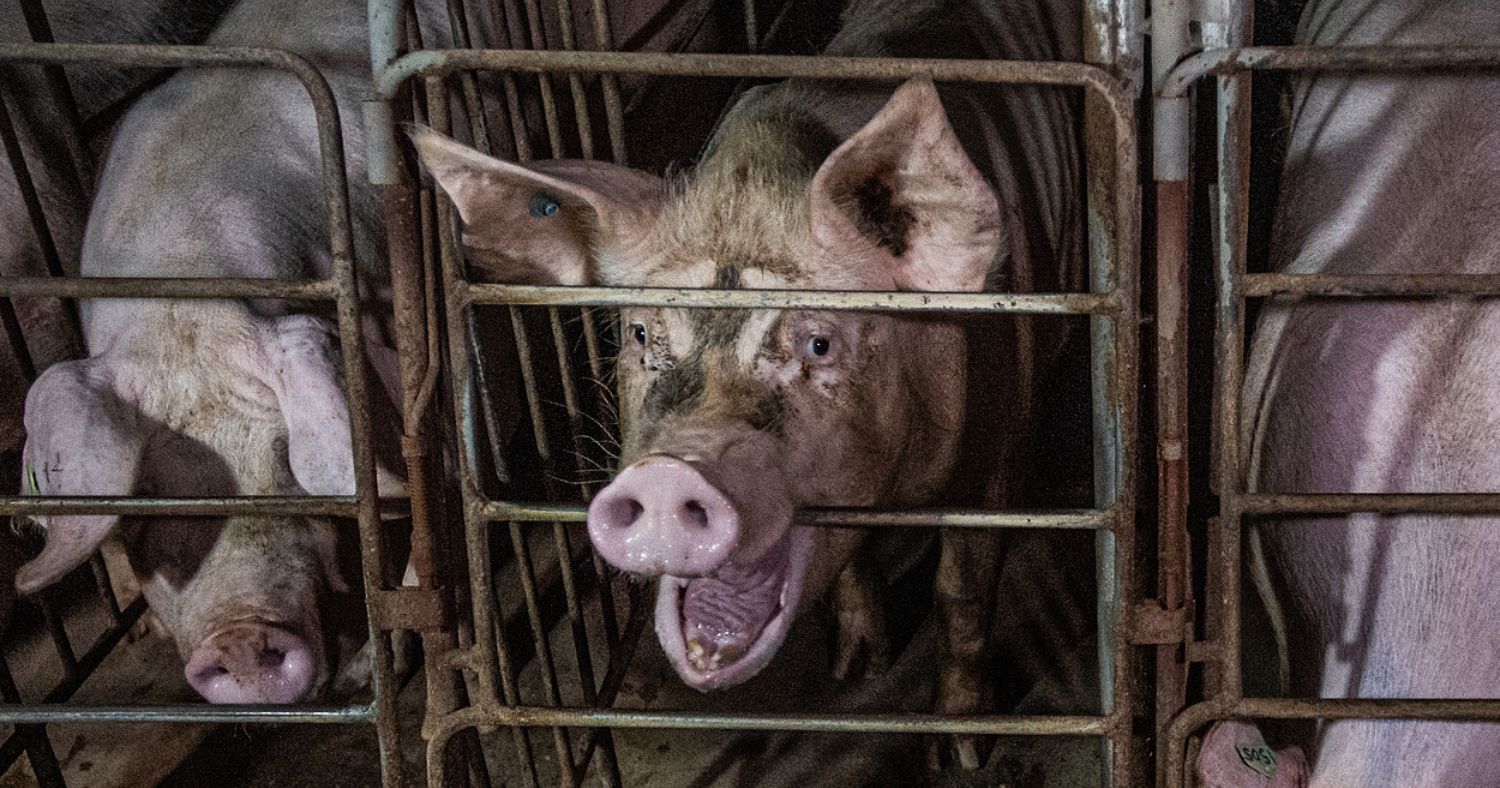If you are from Manitoba you will likely be well aware that the expression “dog days” does not merely refer to those lazy days of summer, but also to the annual dog culls that take place within the province.
Dog culling is a Canada-wide practice that occurs primarily in First Nation Communities, whereby members of the community are granted the right to shoot and kill stray dogs in an effort to control the population. Members are sometimes even paid by the community on a “per head” basis for the number of dogs they kill. Although animal overpopulation plagues many parts of Canada, it has proven to be particularly problematic on First Nation Communities. The overpopulation leads to a number of problems, most notably is the pack-like mentality that arises when groups of dogs join together to roam about the community. Sadly, there are several instances of children being attacked, and in some cases even killed, by packs of dogs.
It is not just the humans who suffer the consequences of the out-of-control canine population. Dogs who live in these communities are susceptible to abuse at the hands of humans including beating, burning, hanging, starvation and neglect.
Employees of various First Nation police detachments in Manitoba have reported calls from members of their communities who are concerned about letting their children walk to school because of the traveling packs.
The situation creates hatred and fear of the dogs which only exacerbates the risk of abuse. Unfortunately, many members of these communities are either unaware, or unable to access and afford the spay and neutering services offered by vet clinics.
Dog culls are not the solution to this problem. Not only is this method inhumane and ineffective, but it promotes violence and creates unimaginable suffering for many of the dogs who are shot, but not killed, in the cull.
Media Attention:
The issue of dog culling has gained recent attention in the media with the now notorious incident that came to light after the Canadian Winter Olympics of February 2010. The Canadian public was horrified to learn that Robert Fawcett, an employee of Howling Doug Tours Whistler Inc., was ordered to kill nearly 100 dogs as the sledding business slowed following the close of the Olympics.[1]
At the sentencing hearing, R v. Fawcett,[2] the Court held that incarceration was inappropriate in the circumstances, and ordered that Mr. Fawcett serve a sentence that included three years of probation, the maximum term allowed under the Criminal Code, as well as a $1,500 fine and 200 hours of community service.
The reported judgment contains a copy of the Agreed Statement of Facts submitted by the parties, which includes an excerpt from Mr. Fawcett’s blog where he described the first day of the cull when he executed 60 dogs:[3]
Some I missed, had to chase around with blood everywhere, some I had to slit their throats because it was the only way to keep them calm in my arms. I had one still alive in a pit I dug for a mass burial. I carried them all one by one so as to at least give them some kind of respect. Day 2 was no different.
As a result of his experience “reducing the herd”, Mr. Fawcett filed a claim with the Workers’ Compensation Board stating that he was suffering from post-traumatic stress disorder from the “hell [he] had to go through”.[4]
More recently, in Manitoba, a petition has been commenced lobbying for a law that would ban dog culls in the province. The petition suggests that the law be known as “Trooper’s Law” in memory of a retriever who was shot several times at the end of March, 2013, during a cull. Trooper, like many dogs, was not killed immediately, but laid in someone’s yard for several days before being rescued and flown to a nearby community for treatment. His bones were splintered, teeth were shot out and 17 bullets were removed from his head. Unfortunately Trooper remained alive for only a few days before he passed away due to his injuries.[5]
Alternatives to Culling:
In Manitoba, Constable Devon LeBlanc, a member of a local police force, and Farran Munn, a volunteer at the Brandon Humane Society, are working with a First Nation police detachment, its tribal council and local veterinarians, to develop a new and more humane alternative to “kill days”. The solution is a mobile clinic that would allow vets to travel to these communities to offer spaying and neutering for the dogs.
The written proposal was presented to the council earlier this year and documents the experiences of its writers, various law enforcement employees and community members, who live and work in a community plagued by severe overpopulation. It emphasizes the importance of spaying and neutering by noting that just one adult female and her offspring can produce 67,000 puppies in just six years!
As part of the proposal, they are working with the council to determine the best method of funding which might entail a discounted spay and neuter fee for stray animals, donations towards the program via humane societies, or funding from the tribal council itself.
The proposal includes information regarding companies that have the ability to design these “mobile clinics” as well as cost estimates to purchase the clinics.
They stress the benefits of an alternative, noting that it would promote health and well-being in the community, lead to less dog-related complaints, and provide a safer and happier environment for all parties involved.
What can you do?
Raise awareness and educate others regarding the need to put an end to dog culls.
Approach your local humane society about this issue and inquire into fundraising opportunities to spay and neuter stray animals.
If you’re interested in more information on the solution presently being developed in Manitoba contact Farran Munn at [email protected].
Written by Chelsea L. McCrimmon, B.A. (Hons), J.D.
This blog and the contents herein are for informational purposes only and do not constitute legal advice. Readers are advised to seek legal counsel prior to acting on any matters discussed herein. The opinions expressed are those of the author.
Citations:
[1] CBC News: “Dog Slaughter Document Dispute Heads to Court” (February 3, 2011), online <http://www.cbc.ca/news/canada/british-columbia/story/2011/02/03/bc-cull-dispute.html>
[2] R v. Fawcett,[2012] BCJ No 2484 (BCPC).
[3] Ibid, at Exhibit 1, para. 47.
[4] Ibid at Exhibit 1, para. 16.
[5] CTV News: “Dog Culls on Manitoba Reserves Target of Petition” (May 12, 2013), online <http://www.ctvnews.ca/canada/dog-culls-on-manitoba-reserves-target-of-petition-1.1277927>



